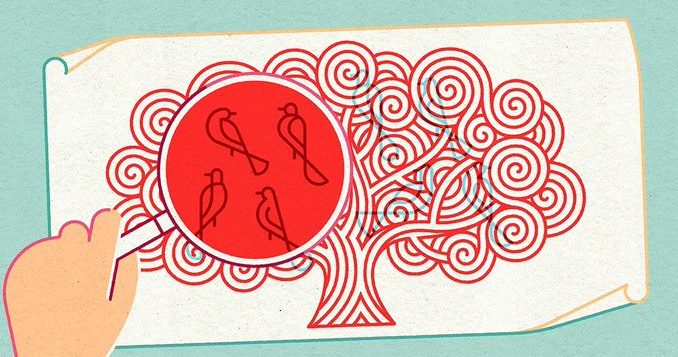
In steganography, an ordinary message masks the presence of a secret communication. Humans can never do it perfectly, but a new study shows it’s possible for machines.
On June 27, 2010, the FBI arrested 10 Russian spies who lived and worked as American professionals near New York City. The case, which unraveled an intricate system of false identities and clandestine meetings, exposed one of the largest spy networks in the U.S. since the Cold War ended and inspired the show The Americans.
It also brought attention to steganography, a way of disguising a secret message within another message. The New York spies hid their secrets in plain sight, encoding communications within the pixels of seemingly innocuous images posted on publicly available websites. To read them, the recipient had to download an image, translate it into the 1s and 0s of binary code, and know which altered digits, taken in sequence, would spell out the secret.
Steganography, which is both an art and a science, differs from the better-known method of secret communication known as cryptography. Where cryptography intentionally conceals the content of a message, transforming it into a tangle of text or numbers, steganography conceals the fact that a secret exists at all. “Steganography hides the presence of the message,” said Christian Cachin, a computer scientist and cryptographer at the University of Bern. “If an adversary can detect a hidden message, then the sender has lost the game.”
As with any method of covert communication, the challenge is how to make it perfectly secure, meaning neither a human nor a machine detector would suspect a message of hiding a secret. For steganography, this has long been a theoretical possibility, but it was deemed impossible to achieve with actual human communications
